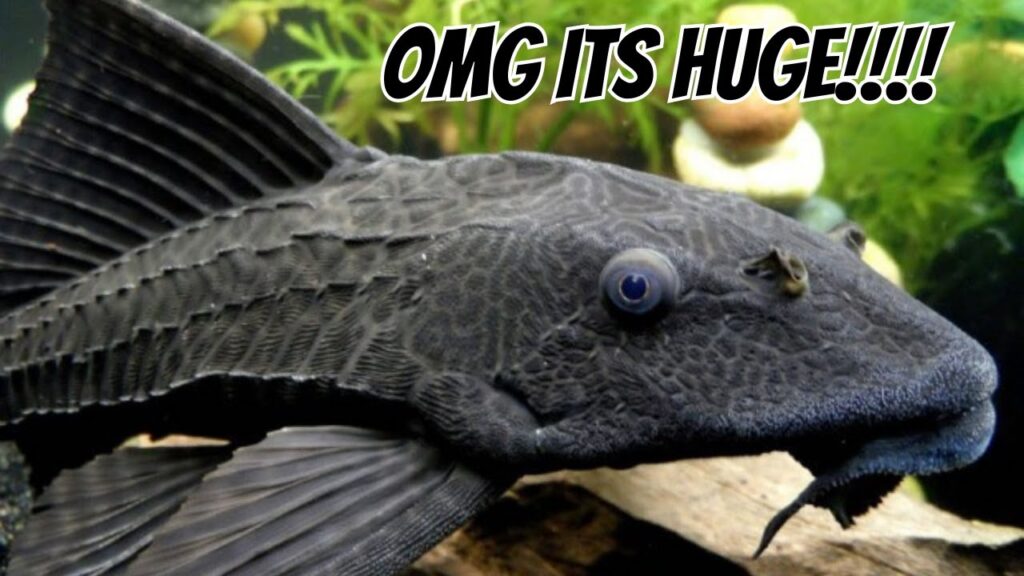
The Plecostomus fish, often affectionately referred to as “plecos” by enthusiasts, is a fascinating species that has captured the attention of aquarists worldwide. Renowned for its unique appearance, practical benefits in aquarium maintenance, and intriguing behaviors, the Plecostomus occupies a special place in the realm of freshwater fishkeeping. In this comprehensive exploration, we delve into the world of Plecostomus, uncovering its origins, characteristics, care requirements, and the essential role it plays in the aquarium ecosystem.
Origins and Taxonomy
Belonging to the family Loricariidae, the Plecostomus is a type of armored catfish native to South America, particularly the Amazon Basin and Orinoco River systems. Its scientific name, Hypostomus plecostomus, reflects its taxonomy, with numerous subspecies and related species also found across the continent. Within the aquarium trade, however, the term “pleco” often refers broadly to various species within the Hypostomus and Pterygoplichthys genera, among others.
Physical Characteristics
One of the most striking features of the Plecostomus is its armored body, adorned with rows of bony plates known as scutes. These plates provide protection against predators and abrasive surfaces in their natural habitat. Additionally, Plecos are known for their suckermouths, which they use to attach themselves to surfaces and forage for algae and detritus. Their flattened, elongated bodies are often dark or mottled in coloration, aiding in camouflage among riverbeds and submerged vegetation.
Aquarium Care
Plecostomus are popular choices for freshwater aquariums due to their algae-eating habits and relative ease of care. However, it’s essential to provide them with an environment that mimics their natural habitat to ensure their well-being. This includes a spacious tank with ample hiding places such as caves, driftwood, and plants. Additionally, maintaining stable water parameters, including temperature, pH, and ammonia levels, is crucial for their health.
Despite their algae-eating reputation, Plecos require a varied diet to thrive in captivity. While they do consume algae, especially when young, they also benefit from supplemental feedings of sinking pellets, blanched vegetables (such as zucchini and cucumber), and occasional protein-rich foods like bloodworms or brine shrimp. Overfeeding should be avoided, as Plecos are prone to obesity, which can lead to health issues such as fatty liver disease.
Behavior and Compatibility
Observing Plecostomus in the aquarium can be a fascinating experience. These fish are typically nocturnal, spending much of the day resting in hiding spots before becoming more active at night. They exhibit intriguing behaviors such as grazing on surfaces for algae, exploring their surroundings, and occasionally engaging in territorial disputes with other bottom-dwelling fish.
When it comes to tankmates, Plecos are generally peaceful and can coexist with a wide range of freshwater species. However, their large size and territorial tendencies mean they may not be suitable for smaller aquariums or with very small fish that could be seen as prey. Additionally, caution should be exercised when housing multiple Plecos together, especially if they are of similar size, as they may compete for territory.
Breeding and Reproduction
Breeding Plecostomus in captivity can be challenging, requiring specific conditions and often inducing hormonal triggers to initiate spawning behavior. Unlike many fish species, determining the sex of Plecos can be difficult, as sexual dimorphism is not readily apparent until they reach maturity. Female Plecos typically have rounder, fuller bodies, while males may develop bristles or odontodes around the mouth and pectoral fins.
Successful breeding attempts often involve simulating the rainy season, which triggers spawning behaviors in their natural habitat. This may include performing large water changes, adjusting temperature and lighting conditions, and providing suitable spawning sites such as caves or PVC pipes. Once eggs are laid and fertilized, they are typically guarded by the male Pleco until they hatch, after which the fry may require specialized care to survive.
Conclusion
The Plecostomus fish stands as a captivating and valuable addition to freshwater aquariums around the world. From its armored physique to its algae-eating prowess and intriguing behaviors, this species offers aquarists a unique glimpse into the wonders of the aquatic world. By understanding and meeting their care requirements, enthusiasts can enjoy the beauty and benefits of Plecostomus while contributing to the conservation of these remarkable fish for generations to come.






